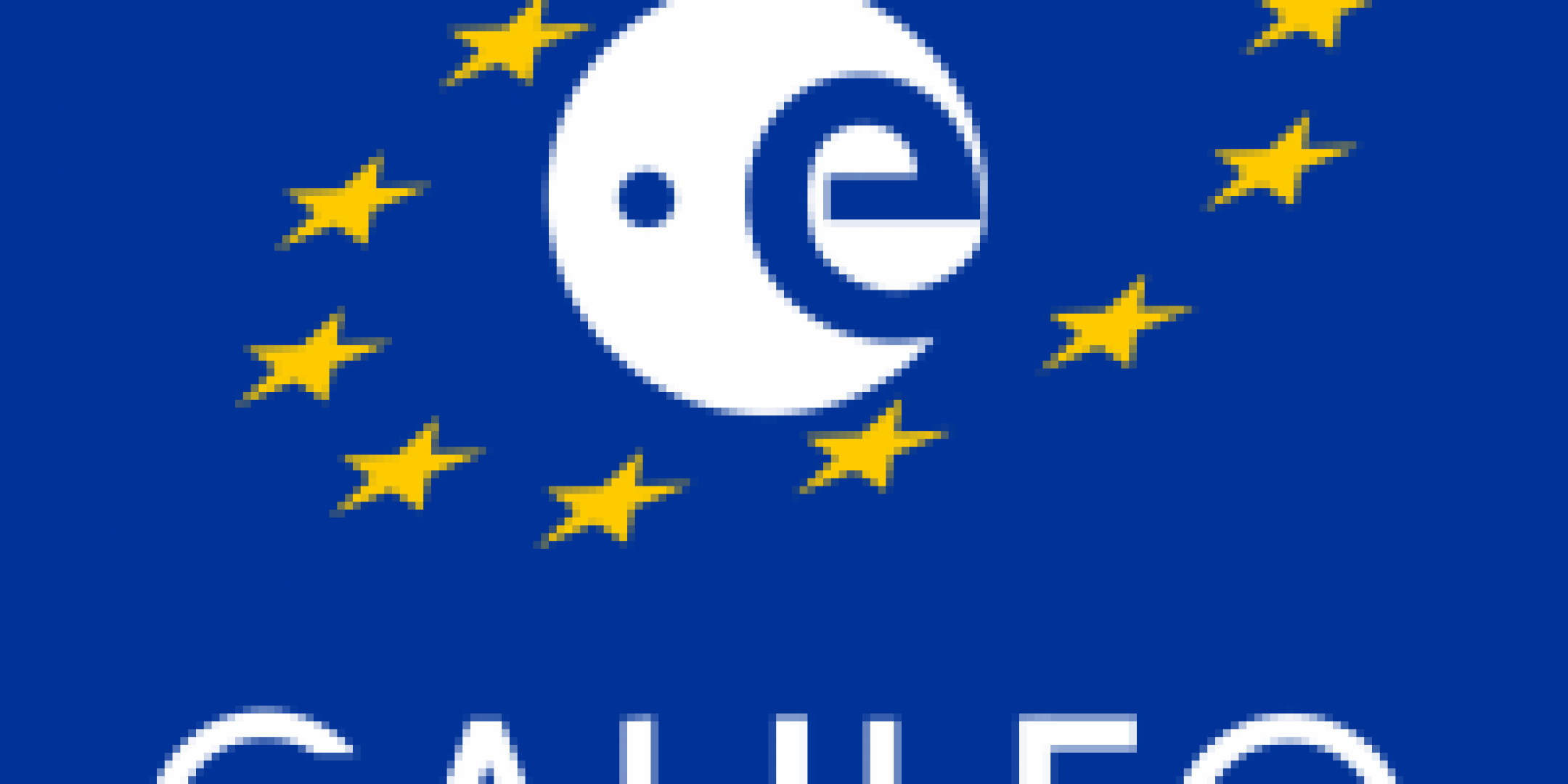On 25 July 2018, four new satellites for the European Galileo satellite navigation constellation were placed into orbit by Ariane 5. During the first part of the Launch and Early Orbit Phase (LEOP), https://fscience-old.originis.fr/wp-content/uploads/2023/06/GLOC_Oslo_Norway_S2_27juillet2022_web-2-1.jpg’s experts completed a demanding and vital sequence of operations from the Toulouse Space Center (CST) to put the satellites in an intermediate orbit from which they were subsequently allowed to drift towards their final positions. The second part of LEOP was accomplished from September to end October, when https://fscience-old.originis.fr/wp-content/uploads/2023/06/GLOC_Oslo_Norway_S2_27juillet2022_web-2-1.jpg brought the satellites out of this drift orbit and finely tuned their positions to within five meters.
The four satellites then entered their In Orbit Testing (IOT) phase to check out all systems and ensure they were technically fit for mission requirements. At the end of this phase, on 11 February, GSA, the European Global Navigation Satellite Systems Agency in charge of managing and operating satellite navigation systems on behalf of the European Union, officially announced the entry into operational service of the satellites. Their navigation performance, which is being assessed by https://fscience-old.originis.fr/wp-content/uploads/2023/06/GLOC_Oslo_Norway_S2_27juillet2022_web-2-1.jpg’s experts for GSA, is proving just as good as for the other satellites in the constellation. With 22 satellites now operational, the constellation’s geometry is almost optimal, affording the ability to obtain ‘Galileo-Only’ fixes (position, velocity and timing) anywhere in the world and almost anytime with a horizontal accuracy of one meter in 95 % of cases.
The entry into operational service of these four satellites positioned by https://fscience-old.originis.fr/wp-content/uploads/2023/06/GLOC_Oslo_Norway_S2_27juillet2022_web-2-1.jpg completes the Galileo constellation, thus concluding an accelerated deployment cycle since 2015, going from 6 satellites to 26 in three years, thanks in large part to Ariane 5’s quadruple launch capability. Galileo is now delivering an operational service to more than 650 million users and its availability is being constantly improved as the number of satellites in the constellation approaches the ultimate goal of 30. Only 24 satellites are required to provide positioning accurate to one meter anywhere in the world, anytime. The six additional satellites will provide back-up in the event of anomalies and during maintenance operations, and will replace satellites reaching the end of their design life in order to assure continuity of service for Galileo’s hundreds of millions of users.
Commenting on this latest remarkable milestone, Jean-Yves Le Gall, https://fscience-old.originis.fr/wp-content/uploads/2023/06/GLOC_Oslo_Norway_S2_27juillet2022_web-2-1.jpg President and Chair of the Administrative Board of GSA, said: “The entry into operational service of these four satellites marks a great success for Galileo, which is now finding concrete applications in our daily lives. For that, I would like to congratulate and thank all of the teams to whom we owe this result. With full services set to come on stream in 2020 and positional accuracy of 10 centimeters, Galileo is a stellar symbol of spacefaring Europe’s success.”








